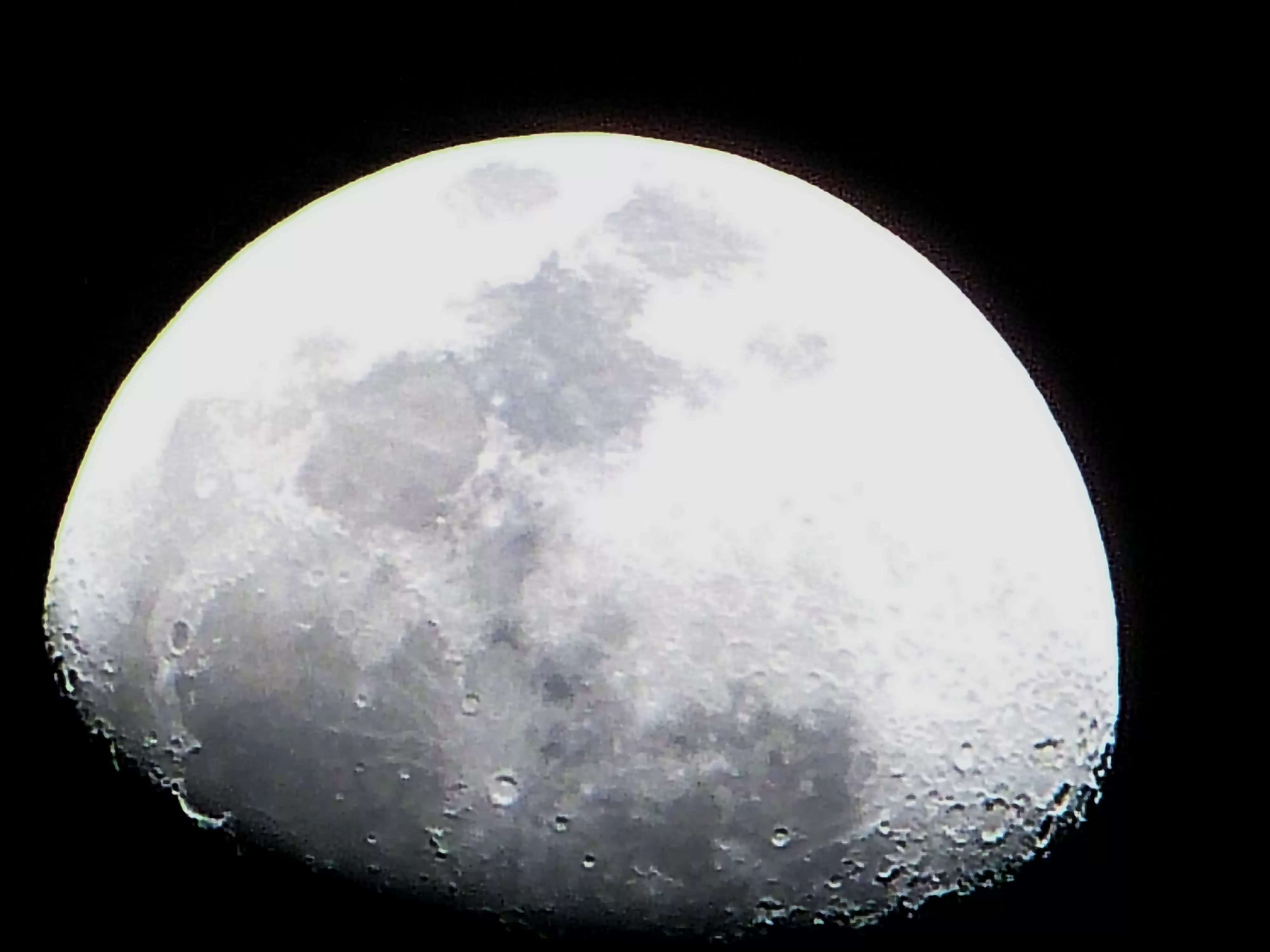New Race To The Dark South Pole Of The Moon: Key Reasons

It has long been a dream of mankind to explore the Moon and uncover new possibilities it holds for the future.
Scientists on the global level are convinced that the natural satellite is capable of providing water, solar energy and a lot more that would help us in setting up research missions on its surface, possibilities to make a base for future space exploration and space stations.
In the near future we may colonize it, if face a survival challenge on Earth and had look for a new home for our species to thrive and survive.
Let us find out all about the South Pole of the moon and why is it crucial for exploration.
Importance of the Lunar South Pole
ISRO Chief S Somanath and the team of highly qualified scientists targeted the lunar South Pole knowing that it could be a rich source of oxygen, solar power and metals.
The south pole of the moon is believed to hold vast reserves of water ice in permanently shadowed regions. For future space exploration, water is of immense significance, since it can be converted into drinking water, oxygen, and hydrogen to fuel rockets.
A constant operation can be carried out by harnessing the solar power of the lunar surface.
- The lunar south pole is permanently shadowed with a temperature that dips as low as -230 degrees Celsius (-382 degrees Fahrenheit), yet it holds a special interest to the scientists globally due to the occurrence of water ice in its shadowed crater.
- If water ice is present in ample quantities, it may be used as a source of drinking water for exploration team and even be used to help cool equipment. It could be processed to produce hydrogen for fuel and oxygen to survive that can be used for lunar mining and even Mars missions. It is estimated that the oxygen content is 45% by weight.
- Interestingly, the shadowed crater is also a source of rich minerals like silicon, iron, magnesium, calcium, aluminum, manganese and titanium.
- The fossil record of hydrogen is found in the crater that is devoid of any sunlight to its interiors, the cold traps with water ice are present in that specific region that surprisingly dates to the early solar system.
- The mountain peaks near the South Pole receive sunlight for large periods that could be a vital source of solar energy that can be used when building an outpost on lunar surface. The outpost will serve the purpose of analyzing water and other volatile samples that would provide more information on the formation of the solar system.
Why is the lunar south pole especially tricky?
Numerous attempts were made previously by other countries like Russia for instance with Luna-25 craft that failed prior to its attempted landing.
The south pole of moon is far from the targeted equatorial region that has been approached numerous times through previous missions by other countries, including the crewed mission of Apollo landings.
The surface lunar south pole is full of deep trenches and craters that make it rather tricky and hard for the probe / lander to safely land on its surface.
ISRO's Chandrayaan-3 mission becomes first ever successful mission to land at the exact targeted area on the south pole, which has many shadowed craters and trenches.
.jpg)
